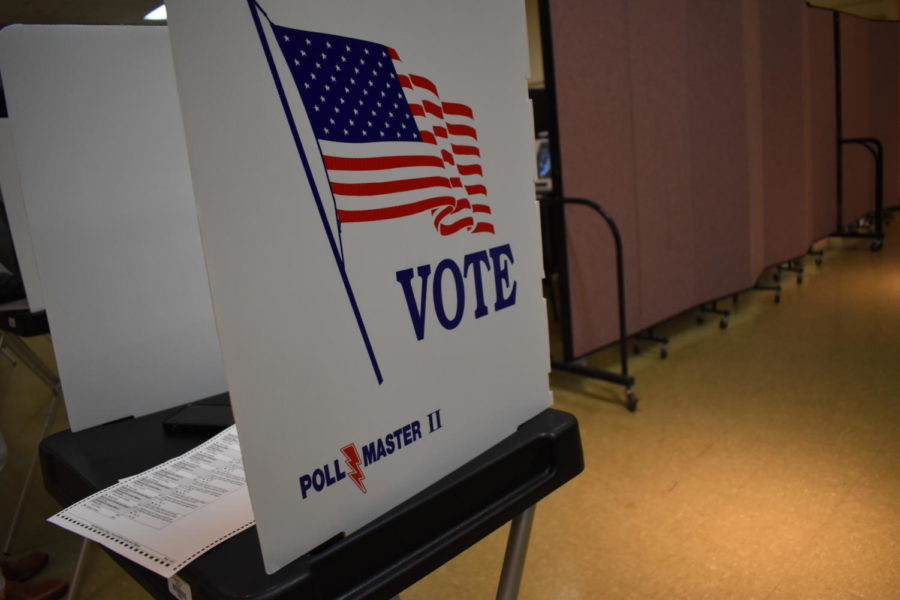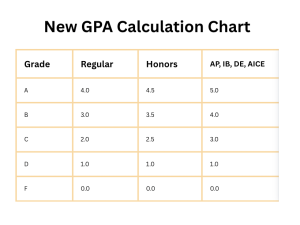ISSUE 2: Florida Midterms Signal Democrat Defeat
Florida’s status as a swing state seems to have been swept away by the “red wave.”
Photo Juno Le
One of the stands set up for voters to have privacy while filling out their ballots.
December 9, 2022
Florida, once a prominent swing state, has turned a deep red this election season. Florida’s midterm election results favored the Republican party heavily, resulting in the re-election of Gov. Ron DeSantis (R.) and Sen. Marco Rubio (R.), as well as Republican control of 20 seats in the U.S. House of Representatives. This phenomenon, hailed as the “red wave” by notable GOP figures, swept the Sunshine State, despite the Republican party underperforming in other places in the country.
Florida has held the status of a swing state since the 2000 presidential election when George W. Bush (R.) narrowly beat Al Gore (D.) following months-long recounts in the state. Even in more recent races, the margins of major Florida elections have remained slim. In the 2018 gubernatorial elections for Florida, DeSantis beat Andrew Gillum (D.) by less than half a percentage point, with 13 counties in Florida voting blue. Even in the 2020 presidential election, former President Donald Trump (R.) beat now-President Joe Biden (D.) by a margin of less than 5 percentage points, with 12 counties in Florida voting blue.
This was not the case in the most recent midterm elections, as Gov. DeSantis was reelected within a margin of nearly 20 points. Incumbent Sen. Rubio also won with a large margin of double digits. With an increase in Republican votes, came a decrease in Democratic counties. Seven of them flipped in favor of the GOP, including historic Democratic strongholds.
The Democrat’s underperformance comes with an influx of Florida residents. With Trump calling the Sunshine State his home and DeSantis, a prominent GOP figurehead as Governor, Florida drew in Republican masses. This includes older voters, who typically lean more right. With more people registering to vote in Florida, Democrats are struggling to keep up.
According to data from Florida’s secretary of state office, registered voters increased by 200,000 between Sept. 2021 – Oct. 2022, making it over 14 million. Despite this increase, the number of active Democrat voters fell by more than 164,000 while the Republican party gained over 150,000 active voters.
The Democratic party also fell flat in key demographics, especially in young voters. NBC’s exit polls for the Florida midterms show that only 11% of voters aged 18-29 casted votes in the gubernatorial election. This included students in Hillsborough County, with many not casting their ballots.
“I don’t have any strong political views, so I didn’t vote,” Cassidy Chapman (’23) said.
Registration also played a key role in preventing younger voters from having their voices heard.
“I registered in school but the voter card they gave me did not have the right name on it. I didn’t have time to get it changed,” Madison Waters (’23) said.
However, these difficulties didn’t affect all students as some seniors still made it out to the polls.
“I voted by going to my assigned voting center before school,” Kelsi White (’23) said. “I voted because as a young adult, I think it’s important to have our voices heard. It’s us who are going to be here in the future, so we should be advocating for the society we want to live in.”
Despite some support from younger voters, Democrats were unable to hold onto long-standing blue counties such as Miami-Dade County, the largest county in Florida and a historic democratic stronghold for nearly two decades.
The Democrats seem to have anticipated the lean to the right, as national democratic organizations and donors have all but abandoned Florida in terms of funds. It is reported the Democratic Governors Association only $685,000 this election cycle, in comparison to the $14 million given to Florida in the past two gubernatorial races.
Florida’s more recent trends angle it further right, which spells good news for Republicans. The Sunshine State’s role as a swing state may still be plausible, but the 2024 elections will be the deciding factor.











